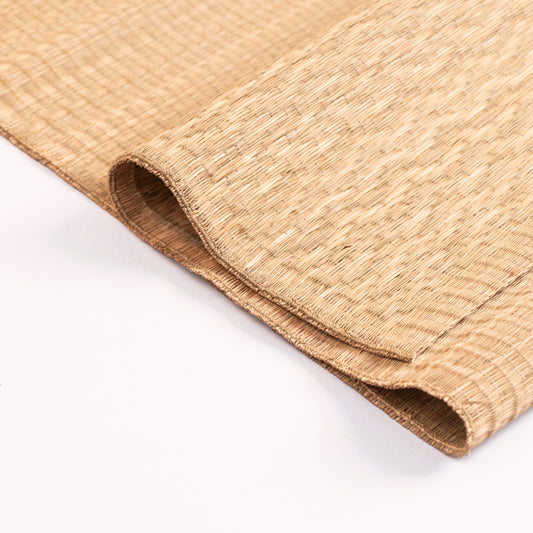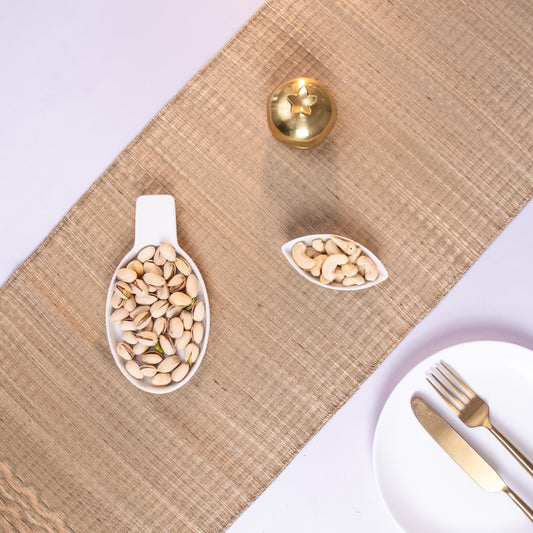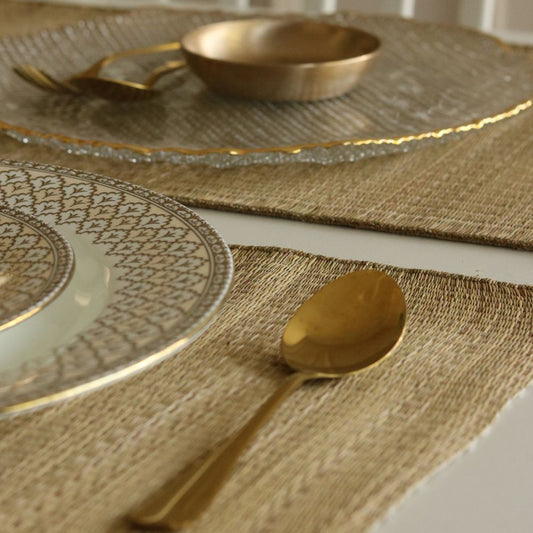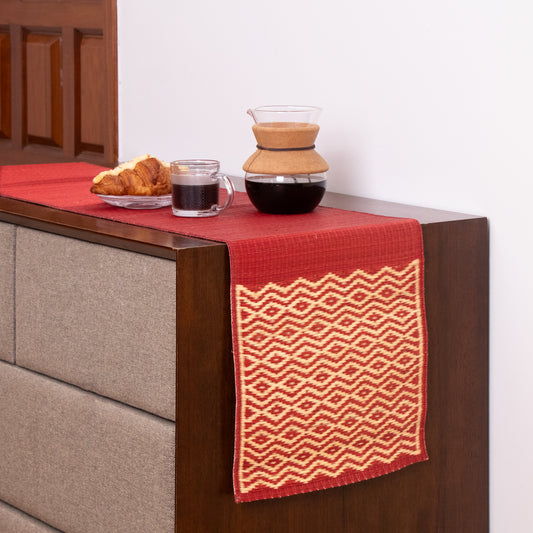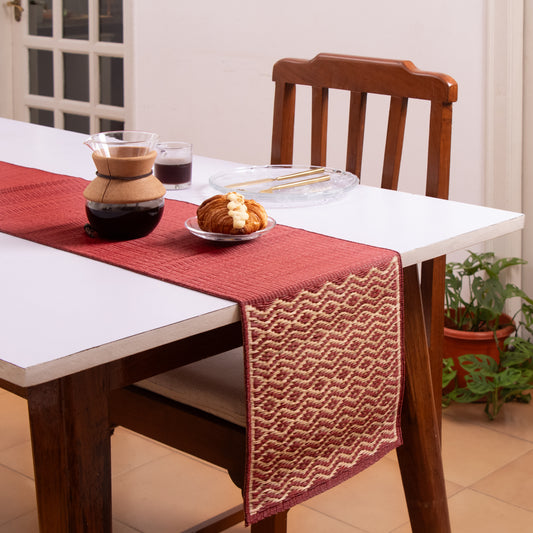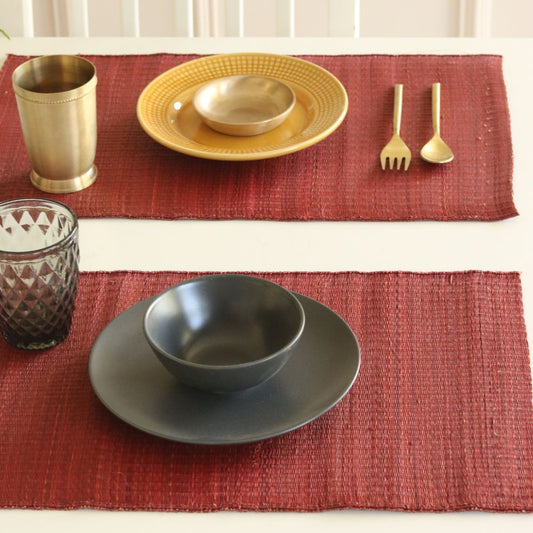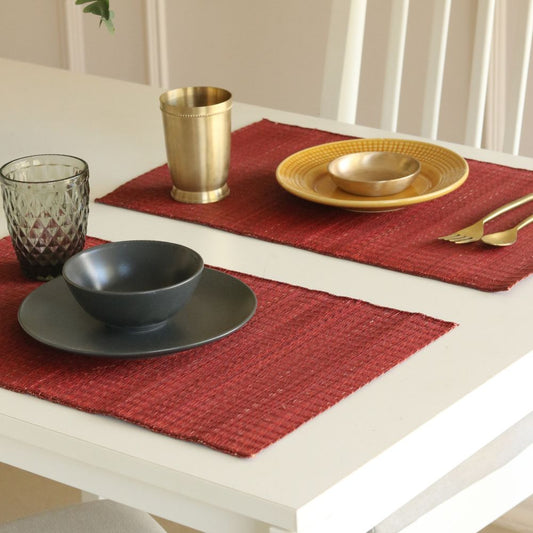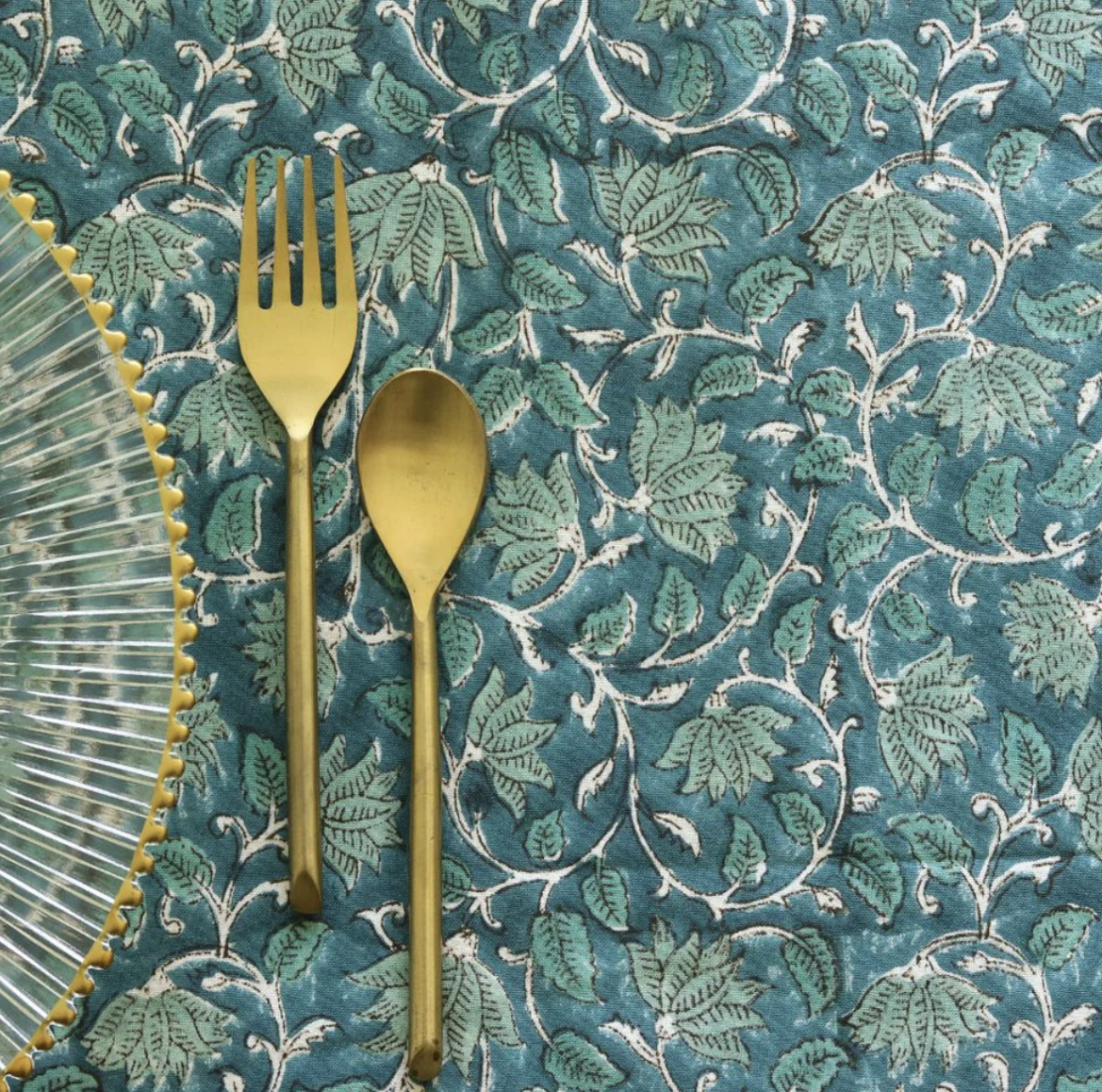
Handwoven Masland Mats – Heritage Craft from Bengal for Sustainable & Elegant Home Décor

History & Heritage of Madur Mat-Making
Madur mat-making is a long-standing tradition rooted in the Medinipur district of West Bengal. It plays a crucial role in the rural economy, especially in Medinipur. The origin of this craft dates back to Bengal, where the high-quality Masland mats gained popularity during the Mughal Empire under royal patronage. In the 1700s, these mats were even collected as revenue under the Jagirdari system. Crafted from natural grass, Madur mats hold a significant eco-friendly advantage over their synthetic counterparts, as they are free from harmful chemicals and 100% biodegradable.
In April 2018, Madurkathi mats were awarded the prestigious Geographical Indication (GI) Tag by the Geographical Indication Registry, further solidifying their cultural and historical significance.
Socio-Economic Impact
Mat weaving is the primary source of income for many families in Medinipur, with an astounding 93% of the weavers being women. Most women spend their leisure time hand-weaving these mats at home, helping to preserve the craft. A few traditional families still retain the knowledge of weaving the exclusive, fine variety of mats locally known as Masland or Mataranchi.

About The Fibre
Madurkathi is a rhizome-based plant that grows abundantly in the alluvial tracts of Purba and Paschim Medinipur.
The Process -
The process of creating a Madur mat involves a series of labor-intensive steps:
1. Cultivation of Reed (Madurkathi): Madurkathi is cultivated in swampy lands. The saplings are planted around April-May.
2. Processing of Madurkathi (Reed): Each stalk can yield 4 to 8 strips after discarding the soft inner tissue. The strips are soaked in water to soften them for weaving.
3. Dyeing of Madur Sticks: Traditionally colored with vegetable dyes, Madur mats are now dyed using eco-friendly Azo-free dyes, with natural black and maroon shades still used for decorative borders. The dyed reeds are sun-dried before weaving.
4. Weaving: The Madurkathi reeds are split into four delicate strands, which are then handwoven on looms into intricate patterns and vibrant colors. Women in the community often gather to weave together, turning the craft into a social activity that balances work and leisure.
Popular Designs
Masland mats are known for their elegant designs, such as floral motifs, Honey Comb (Mouchak), Rhomboidal (Barfi), and Cascading (Hama). These traditional patterns bring a touch of artistry to every home.

Masland Mats in Home Décor
When it comes to transforming your dining experience, it's the little details that make a big impact. Introducing Masland Mats—a luxurious collection of artisanal placemats crafted from Madurkathi, a naturally grown reed native to West Bengal. These mats not only bring aesthetic beauty to your table but also offer a connection to rich heritage, sustainability, and age-old craftsmanship.

Why Masland Mats Should Be Your Next Purchase?
As a conscious shopper, choosing these handwoven mats means more than just upgrading your home décor. Each purchase supports the livelihoods of thousands of women weavers in West Bengal, helping them preserve their traditional craft and support their families.

When you set your table with Masland Mats, you’re bringing a piece of cultural heritage into your home and honoring the timeless artistry of rural artisans. It’s a purchase you can feel proud of, knowing that each mat is handcrafted with care and attention to detail.

Elevate Your Dining Experience with Masland Mats
Imagine hosting your next dinner party or enjoying a family meal with these stunning handwoven mats adorning your table.
The natural texture, elegant patterns, and earth-tone colors will enhance the warmth and ambiance of your dining room, making every meal feel special.
Incorporate Masland Mats into your home today and experience the perfect blend of tradition, artistry, and sustainable living.

